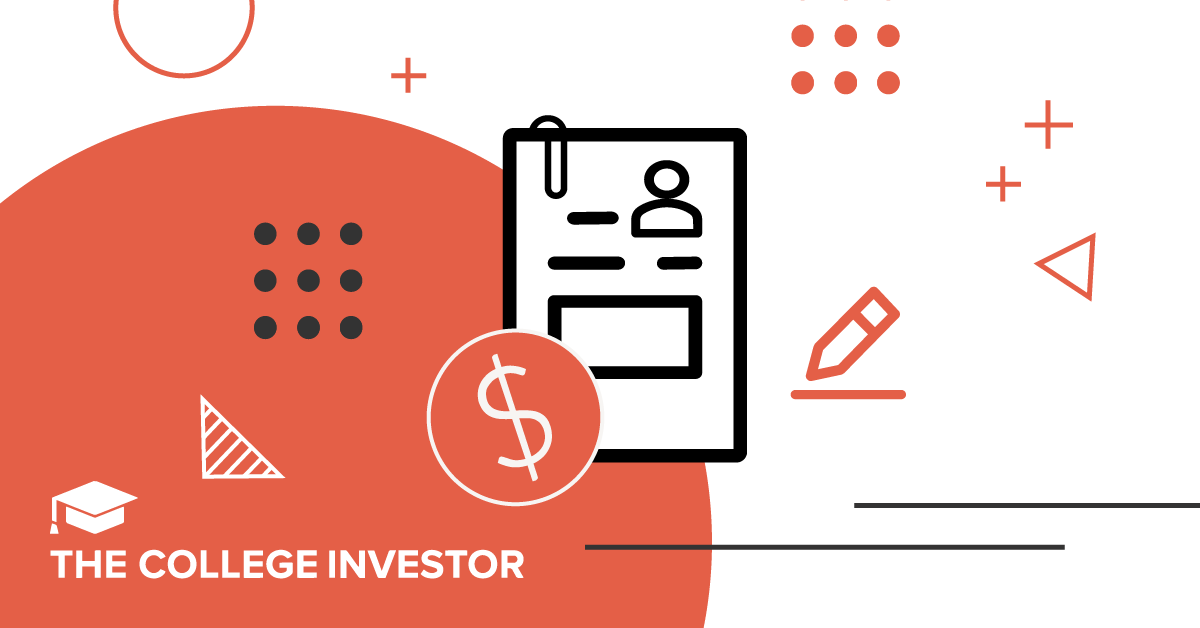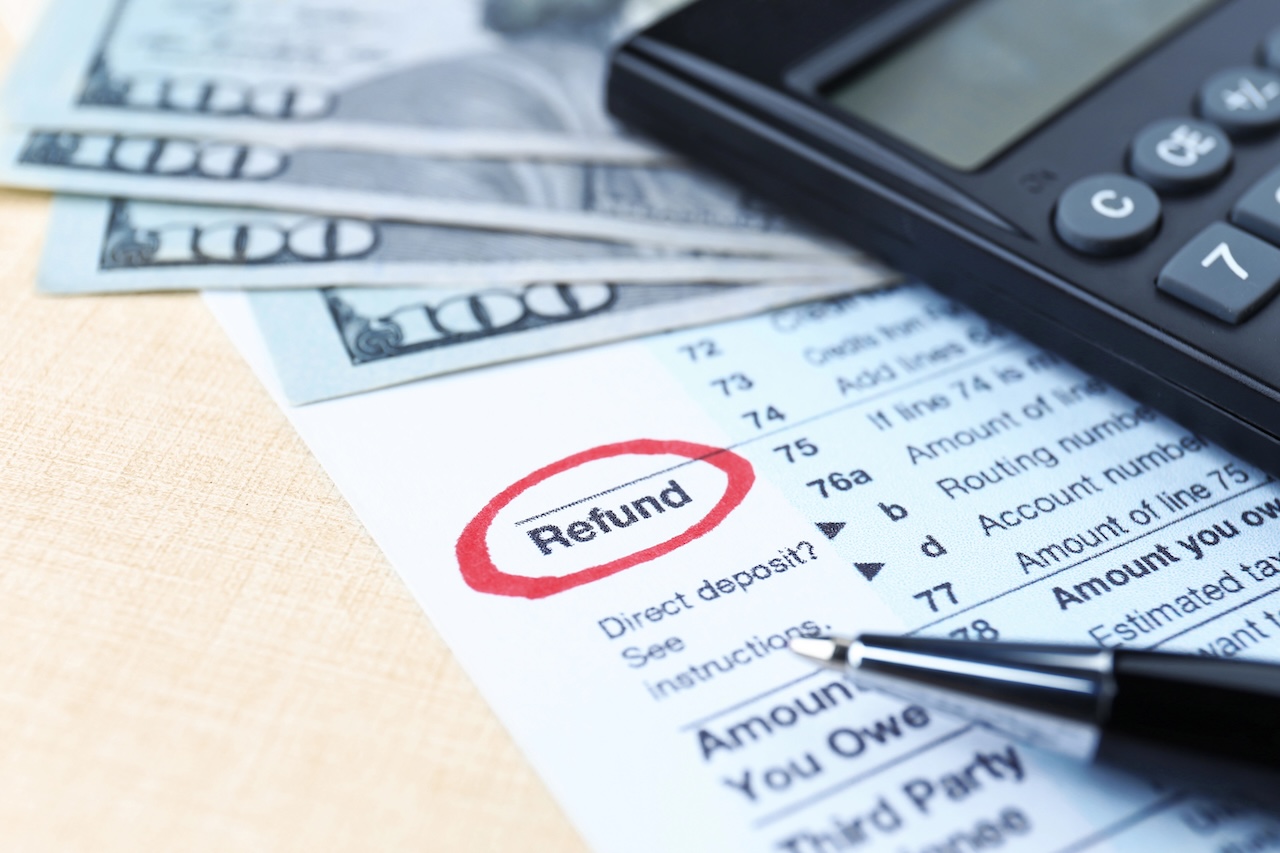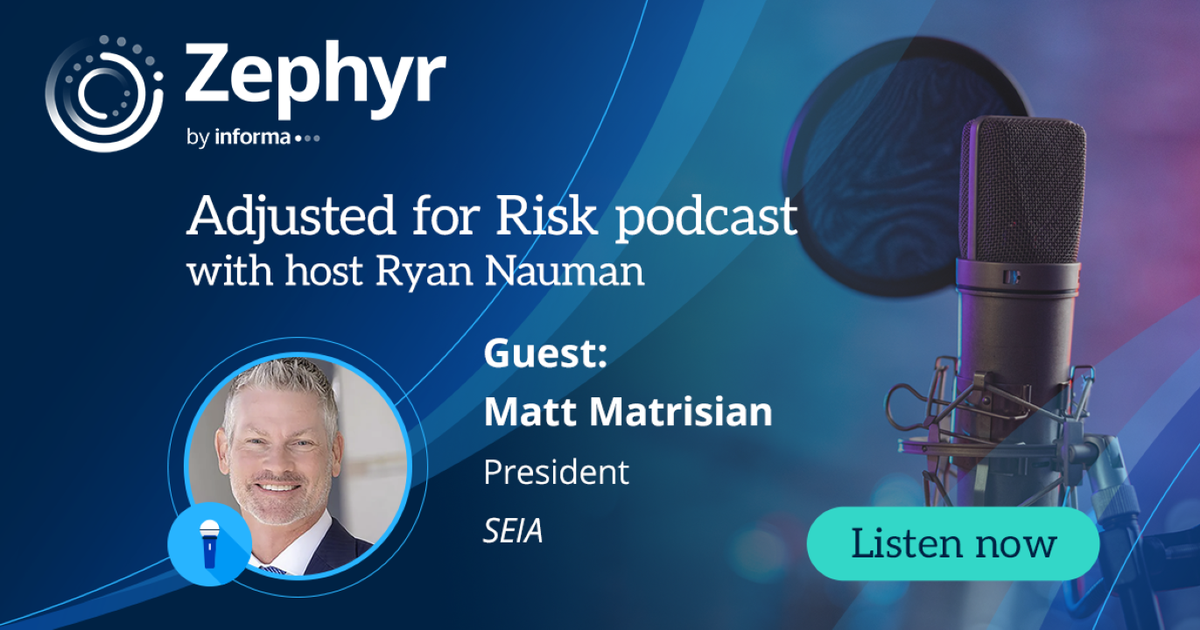What To Know And Gotchas To Avoid


More than six dozen mostly private colleges offer generous “no loans” financial aid policies. No-loans financial aid policies provide many benefits, but also some important disadvantages.
The idea behind no-loan colleges is that students won’t have to take on student loan debt. Instead, the college will replace student loans with grants or scholarships.
However, there are some important things to know about no-loan colleges. In fact, you may even need a student loan to cover your costs (wait, what?). It can be confusing to navigate, so here’s what to know about no-loan colleges and financial aid policies.
Colleges with no-loans financial aid policies tend to have large endowments. Some colleges have run fundraising campaigns to encourage alumni to contribute to support the college’s no-loans financial aid policy. However, only about one-quarter of the colleges that could afford the cost of a no-loans financial aid policy have implemented one.
The generous financial aid packages contribute to the popularity of no-loans colleges, yielding tens of thousands of additional applications for admission. This increases the selectivity of these colleges, since more students are applying for admission. A quarter of these colleges have acceptance rates less than 10%. Two-thirds accept less than a third of applicants, including almost all of the private non-profit colleges with no-loans financial aid policies.
More than 60% of colleges with no-loans financial aid policies are private non-profit colleges, and the rest are public colleges.
The no-loans financial aid policies of public colleges tend to be more limited than the policies at private non-profit colleges, with fewer students qualifying.
The cost of attendance at the public colleges is less than half of the cost of attendance at the private non-profit colleges. The net price is also lower, but only by about a third.
Nevertheless, in-state public colleges may be less expensive even if the student does not qualify for the no-loans financial aid policy or even if the college does not offer a no-loans financial aid policy.
Related: Why You Should Never Apply To An Out-Of-State State College
No-loans financial aid policies provide several benefits.
Even though a no-loans financial aid policy replaces loans with grants in the financial aid package, students can still borrow to pay for their share of college costs. A no-loans college may have lower average debt at graduation than other colleges, but a no-loans financial aid policy doesn’t eliminate all student loan debt.
About one-quarter of students at no-loans colleges borrow each year, half the national average. About one-third (32%) of the students at public colleges and about one-fifth (19%) of students at private non-profit colleges borrow federal loans, despite the no-loans financial aid policies.
The average annual student loan debt among the students who borrow at a no-loans college is about 40% to 50% of the net price of the college. This suggests that the net price is a key driver of student loan debt at these colleges.
The no-loans financial aid policy may not cover all costs associated with paying for college, such as room and board, transportation and miscellaneous personal expenses. These colleges may also charge higher tuition and housing costs. They sometimes are not as generous with regard to financial aid, despite the no-loans financial aid policy, leading to a higher net price even without loans.
Even when a no-loans policy applies to all college costs, the college’s cost of attendance may underestimate textbook and transportation costs.
This is especially true at colleges that leave students with a gap of unmet need, which averages over $10,000 nationwide. Almost all of the private non-profit colleges with no-loans financial aid policies meet the student’s full demonstrated financial need. Almost none of the public colleges meet full need.
When a college does not meet the student’s full demonstrated financial need, they force the student to borrow to address the unmet need despite the no-loans financial aid policy. The average annual debt at a no-loans college is over $9,000, about one-third greater than the average annual debt at all colleges.
“The average annual debt at a no-loans college is over $9,000, about one-third greater than the average annual debt at all colleges.
Very few colleges offer no-loans financial aid policies, so availability is limited.
Most of the colleges with no-loans financial aid policies are among the most selective colleges, so it is harder to get in. A no-loans financial aid policy contributes to an increase in applications for admission, potentially making the admissions process more competitive.
Some no-loans policies are limited to students with very low income, especially at public colleges, so middle-income and even some low-income students will not qualify.
Two-thirds of no-loans colleges have an income limitation based on adjusted gross income (AGI), the student aid index (SAI) or Federal Pell Grant eligibility. Half of the no-loans colleges require AGI to be less than $60,000 or twice the poverty line, in some cases as low as $25,000.
On the other hand, the one-third of colleges that provide the no-loans financial aid policy to all students, regardless of income, will make the college more attractive to middle- and high-income families, making it harder for low-income students to get in.
Only about half of colleges with no-loans financial aid policies offer need-blind admissions. So, it may be more difficult for low- and middle-income students to get into these colleges.
Other limitations of no-loans financial aid policies include:
Here is the current list of no-loan colleges that have no limits on the policy. Any unmet need will not be required to be fulfilled by student loans:
There are also “partial” no-loan colleges. These colleges have no-loan financial aid policies that may be limited by income or location. For example, the University of California system has a no-loan policy for California residents with household income less than $80,000 per year.
* Schools above denoted with an asterisk are also listed as some of the most expensive colleges in the United States.

If you are waiting to start in multifamily until you have more money, you may be waiting a long time....

Tax refunds in early 2026 could be $1,000 to $2,000 larger for many households due to retroactive tax law changes....

In this episode of Zephyr’s Adjusted for Risk Podcast, host Ryan Nauman engages in a deep discussion with industry expert...